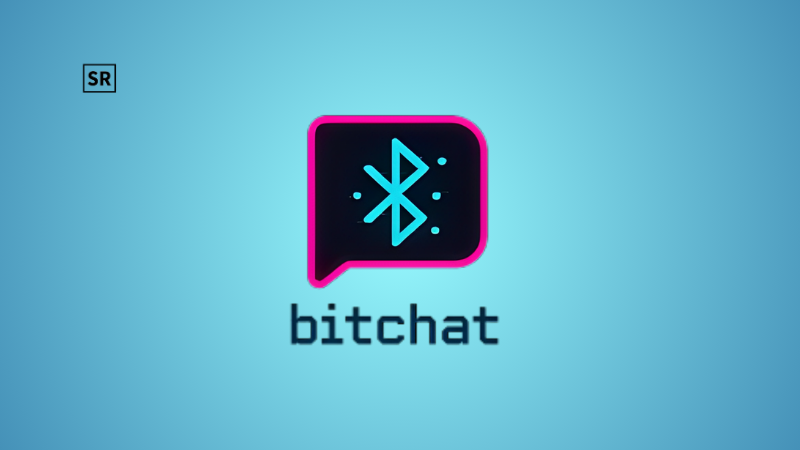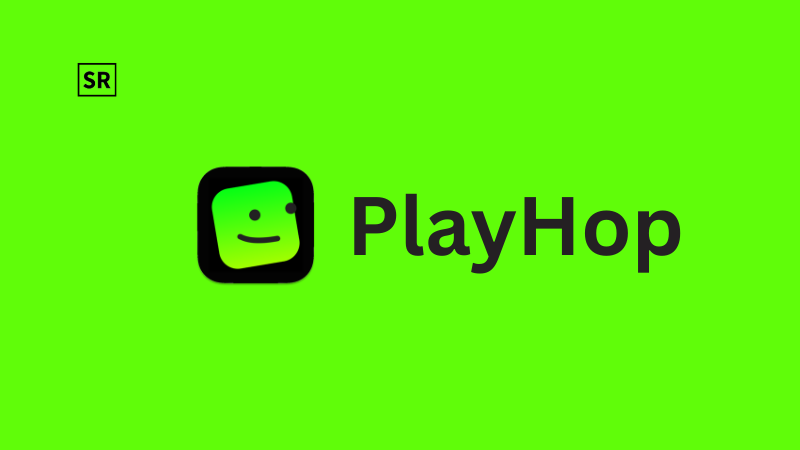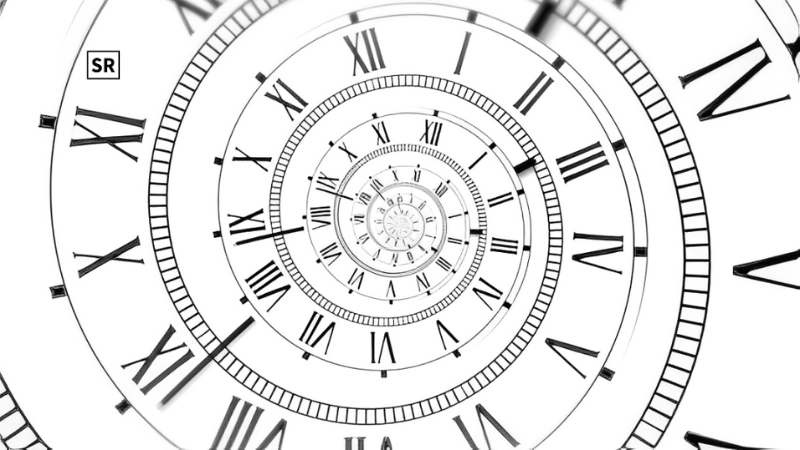
CLB Level 7 in French means you have an upper-intermediate level of French skills. At this level, you can speak and understand French well in most daily situations, at work and in the community. You can take part in longer conversations, give your opinion, and explain your thoughts clearly. You can also read and understand different types of texts, like news articles or opinion pieces, and write detailed messages or emails. If you want to move to Canada, you need to show that you can speak either English or French.
Canada uses the Canadian Language Benchmarks (CLB) to measure your language level. Taking a French test and reaching CLB Level 7 can help you get more points for immigration programs. This level shows the government that you are ready to live and work in a French-speaking environment. This guide explains what CLB Level 7 means, why it’s important for immigration and how you can improve your French to reach this level.
What is CLB7 in French Exams?
CLB 7 in French exams refers to Canadian Language Benchmark Level 7, which indicates an upper-intermediate level of French proficiency. At this level, a person can communicate clearly and effectively in most everyday, workplace, and community situations. In the context of official French language tests like TEF Canada or TCF Canada, CLB 7 is achieved when a candidate meets specific score ranges in all four language skills: listening, speaking, reading and writing.
For example, in the TEF Canada exam, CLB 7 corresponds to a score of 249–279 in listening, 310–348 in speaking, 207–232 in reading, and 310–348 in writing. In TCF Canada, it corresponds to scores of 458–502 in listening, 10–11 in speaking, 453–498 in reading and 10–11 in writing. Reaching CLB 7 is important for immigration purposes, as it often meets the language requirements for various Canadian immigration programs including Express Entry.
What Do the CLB Levels Show?
CLB means Canadian Language Benchmarks. It is a system Canada uses to measure how well someone can listen, speak, read, and write in English or French. The levels go from 1 to 12 with 1 being the lowest and 12 being the highest. CLB levels are important if you want to immigrate to Canada, apply for citizenship, or join certain job training programs. When you take an approved language test like IELTS, CELPIP, TEF Canada, or TCF Canada your scores are changed into a CLB level. This helps Canada understand your language ability in a clear and fair way.
CLB Levels 1–4 represent basic language skills - At these levels, a person can handle simple communication needs, like greetings, asking for directions, or short conversations.
CLB Levels 5–8 show intermediate language ability - People at these levels can communicate in everyday and workplace situations, understand more complex ideas and express opinions.
CLB Levels 9–12 reflect advanced language skills - These users can communicate fluently and accurately in most situations including professional and academic environments.
Which Test Helps You Reach CLB 7 in French?
If you want to show your French language skills for immigration to Canada, you can choose from two official exams :
1. TEF Canada
This test checks how well you can use French in everyday situations. It looks at your general ability to understand and speak the language.
2. TCF Canada
This test checks your knowledge of the French language. It measures how well you understand and use French in different situations.
Both tests check your skills in four areas :
- Listening: How well you understand spoken French
- Speaking: How well you can speak and communicate in French
- Reading: How well you understand written French
- Writing: How well you can write in French
TEF vs. TCF: Which One Is Easier?
There is no one-size-fits-all answer to which exam is easier TEF Canada or TCF Canada because it depends on your personal learning style and comfort with the test format. Both tests check the same four skills: listening, speaking, reading, and writing, and both are accepted by the Canadian government for immigration. However, many people find the TCF Canada slightly easier because its questions are often more direct and less technical. On the other hand, TEF Canada can feel more structured and academic especially in the writing section. The best way to choose is to look at practice tests and see which format feels more comfortable for you.
TEF Canada
- More structured and formal
- Writing tasks can be more complex
- Uses a points-based scoring system
- May feel harder for some test-takers
TCF Canada
- More straightforward and simple format
- Writing and speaking are often easier to follow
- Uses a level-based scoring system (A1 to C2)
- Often preferred by beginners or nervous test-takers
How Much Time Is Needed to Reach CLB/NCLC 7 in French?
The time it takes to reach CLB/NCLC Level 7 in French depends on your current level, how much time you study, and the quality of your learning methods. On average:
- If you are starting at a beginner level (A1–A2), it may take 12 to 18 months of consistent study and practice to reach CLB/NCLC 7.
- If you are at an intermediate level (B1), it may take 6 to 9 months to move up to Level 7 with focused learning.
- If you are already at upper-intermediate (B2), you might need just 2 to 4 months to polish your skills and reach the required scores.
- To find out your French CLB score for permanent residency (PR) in Canada, you need to convert your TEF Canada or TCF Canada test results into the CLB (or NCLC) scale. This tells you what language level you have.
TEF Canada to CLB 7 Conversion:
| Skill | CLB 7 Score Range |
| Reading | 207–232 |
| Writing | 310–348 |
| Listening | 249–279 |
| Speaking | 310–348 |
RECOMMENDED FOR YOU
TCF Canada to CLB 7 Conversion:
| Skill | CLB 7 Score Range |
| Reading | 453–498 |
| Writing | Level 10–11 |
| Listening | 458–502 |
| Speaking | Level 10–11 |
How to Use This:
Just match your test results with the score ranges above.
For example:
- If your TEF reading score is 215, that means CLB 7 in reading.
- If your TCF speaking score is Level 10, that means CLB 7 in speaking.
How Can You Reach CLB 7 in French Exams?
Reaching CLB 7 in French is very helpful for your future. It can make it easier to get Permanent Residency (PR) in Canada, and it can also help you find a job or study in Canada. Many schools and employers prefer people who have CLB 7, so it’s a great goal to work toward.
Tips to Help You Succeed:
1. Use French Every Day
- Try to speak, listen, read and write in French every day.
- Talk with friends in French
- Read newspapers or online articles
- Watch French movies or TV shows
This will help you improve your vocabulary and understand the language better.
2. Get Help from a Teacher
- A professional teacher can help you learn faster.
- You can also take online French classes, like the ones offered by Kochiva. Their expert teachers and planned lessons can help you focus on what you need to improve and prepare you for the exam.
3. Learn the Exam Format
Before taking the TEF Canada or TCF Canada exam, learn how the test works.
Understand:
- What kinds of questions you’ll see
- How much time you have
- How each part is marked
Tips for CLB level Excellence
Listening Skills
Listen to podcasts, interviews, and conversations in French every day. Try to understand people speaking at different speeds and with different accents. This will help you prepare for the listening part of the TEF Canada exam.
Reading Comprehension
Learn how to skim (read quickly to get the main idea) and scan (look for specific information). Read different kinds of texts like articles, stories, and blogs to get used to various topics and writing styles.
Writing Skills
Practice writing clear and organized texts, like essays and formal letters. Focus on using correct grammar and useful vocabulary. It helps a lot to get feedback from expert teachers, like the tutors at Kochiva, who can guide you on what to improve.
Speaking Practice
Speak French as often as possible. Talk to native speakers or find a language partner online. Try to improve your pronunciation and speak with confidence to show fluency.
Practice & Check Your Progress
Take mock tests to practice in real exam conditions. After each test, review your mistakes and work on weak areas. Checking your own progress helps you keep improving over time.
Benefits of CLB 7 in French
Get More CRS Points
If you reach CLB 7 in French you can earn 22 to 24 extra points in your Express Entry CRS score.
If you also speak good English you could get up to 50 bonus points for being bilingual!
More Immigration Options
CLB 7 in French helps you qualify for more programs, like:
- Federal Skilled Worker Program
- Provincial Nominee Programs (PNPs)
- Francophone Immigration Pilots
- These programs often need or prefer people with strong French skills.
Settle Easily in Bilingual Areas
Knowing French makes it easier to live and work in places like Quebec, New Brunswick, or Ottawa, where both French and English are used.
It can also help you get jobs in both government and private companies.
Show Strong Communication Skills
CLB 7 proves that you can:
- Handle real conversations
- Write clearly and professionally
- Understand work-related documents
- This is a big plus for both employers and immigration officers.
Conclusion
Achieving CLB Level 7 in French is a big step toward building a successful life in Canada. It not only helps you qualify for more immigration programs but also improves your chances of studying, working, and settling in French-speaking or bilingual communities. Reaching this level shows that you can speak, understand, read and write French well enough for real-life and professional situations. With regular practice, the right guidance, and a clear goal, you can reach CLB 7 and open up many new opportunities for your future in Canada.


 Follow us
Follow us Follow us
Follow us















